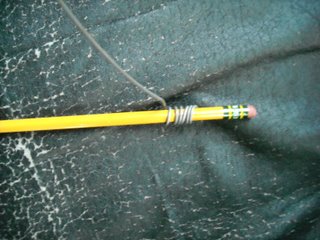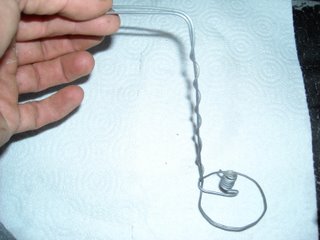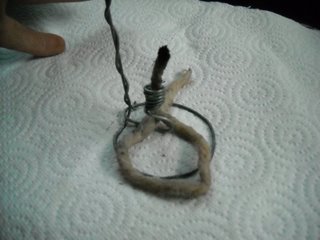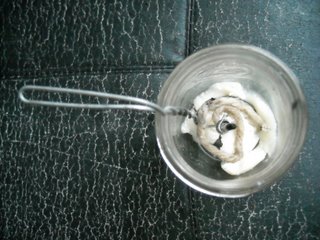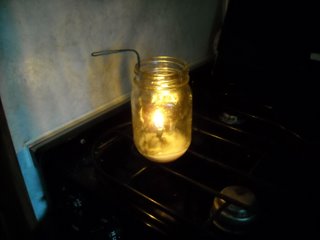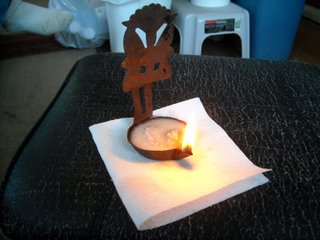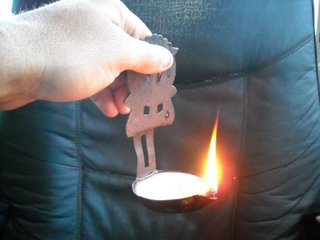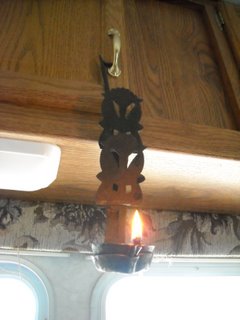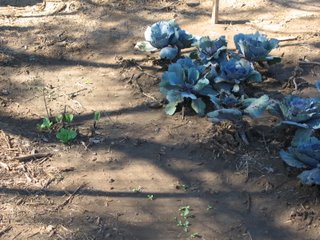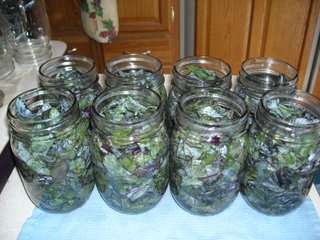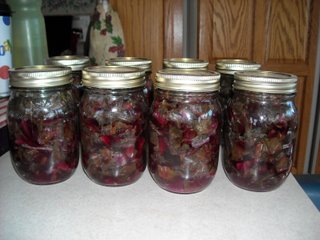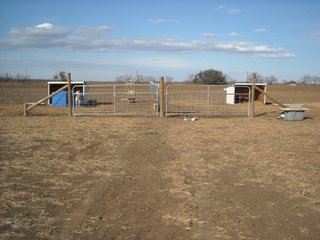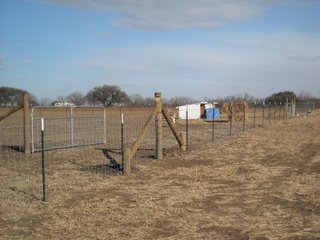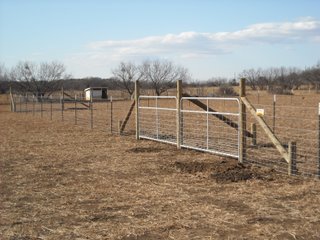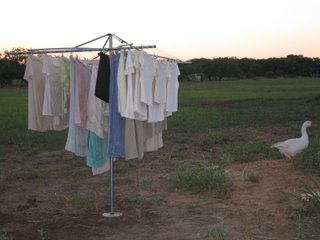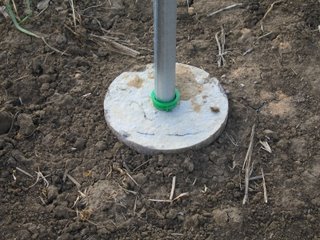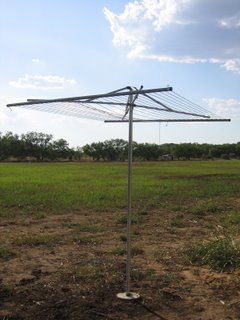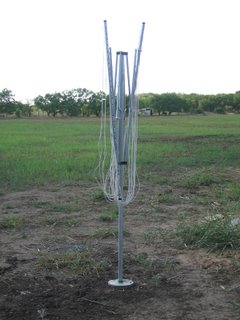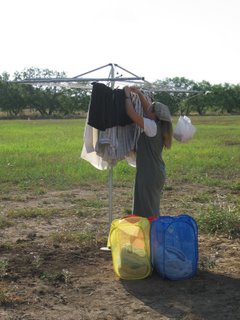A few months ago I was asked by a cousin I haven’t seen for probably 30 or so years, who had indirectly received our update emails, the following: “Wow! It seems like a huge undertaking that you are doing. What brought you to that decision? We heard that you live off the land and are kind of getting back to how life used to be. We would be interested in hearing all about it.”
“Wow!” back atcha! Explaining some 5 years of doctrinal, belief and worldview changes to someone unfamiliar with the whole process we had been through I thought was something of tall order. However, I tried; and so I post it here, in the hopes someone might benefit from this brief synopsis, which was my reply:
As far as what has brought us to come live this life, that’s something that happened over some time with changes to our doctrinal beliefs and worldview. For people who ask us this kind of question, or even when we’ve tried to explain things to family or friends as we’ve gone along, because they haven’t gone through the same studies, it makes it difficult for them to understand why we are doing what we are. But I’ll give it a shot. And so, several years ago the Lord led us to an understanding and belief in what are typically called the doctrines of grace, which talk much about God’s sovereignty, including over salvation itself (sometimes people call it Calvinism). This is in contrast to what we were brought up believing, which is the more commonly held belief of free-will salvation (also referred to as Arminianism). We came to believe these doctrines of grace to be true, and believing them led to us leaving our current church at the time as it didn’t hold to those beliefs. Through the process of learning about these doctrines, we came in contact with folks who believed them down in Texas. Over time we got to know those people generally over the Internet, and then through visits to Texas. Further over time, one of the beliefs we came to understand is the Bible’s call for Christians to separate themselves from the world and ungodliness unto Christ in Christian community. Through much study over yet more time, we began to believe that God’s prescribed way of living as described in His word (in how His people lived in the past and in most forms of teaching throughout the Bible, including the Lord Jesus’ parables) is an agrarian lifestyle. And so, as the world and its systems of functioning (which include dependence on it for all of our necessities, including food [grocery stores], clothing [department stores], electricity and water provided by the government, etc.) began to appear more ungodly to us, and since we believed in separating from worldliness as much as possible, and since we believed the Bible teaches man was to till the soil and work with his hands (in command and by examples throughout the Bible), and since we believed we should live in Christian community with like-minded believers, we left our corporate jobs to buy land here in Texas in fellowship and community with those like-minded folks we had gotten to know, so as to start farming the land and raising animals for food. Since our moving down here a little over 2 years ago, the Lord has seen fit to grow our community by adding several other families. We’re not a commune, in that, each family owns their own land and stuff; we’re more of a neighborhood than anything else; and we fellowship together more of as a home church, with singing, meals, teachings and just living our lives together as family.
And so, there you have it, in a nutshell.
— David
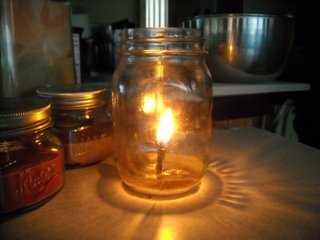 In doing a little more research on fat lamps, I decided to try making one myself using baling wire and a mason jar. Basically, the wire would be coiled and shaped so as to hold the wick (a mop head string), and a handle would be included to be able to pull out the wick and wick holder. Here’s how I did it:
In doing a little more research on fat lamps, I decided to try making one myself using baling wire and a mason jar. Basically, the wire would be coiled and shaped so as to hold the wick (a mop head string), and a handle would be included to be able to pull out the wick and wick holder. Here’s how I did it: